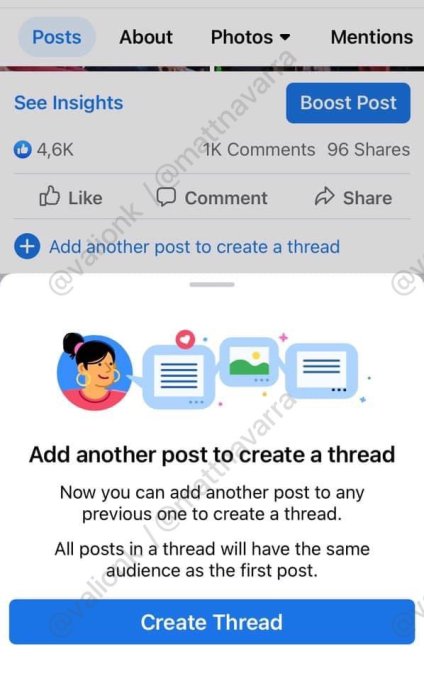News: Daily Crunch: In one of India’s largest exits, Swedish media giant MTG buys PlaySimple for $360M
Hello friends and welcome to Daily Crunch, bringing you the most important startup, tech and venture capital news in a single package.
To get a roundup of TechCrunch’s biggest and most important stories delivered to your inbox every day at 3 p.m. PDT, subscribe here.
Hello and welcome to Daily Crunch for July 2. We are heading into a holiday weekend here in the United States, so you might imagine that tech news slowed down. It did not, as we’ll see shortly. Looking ahead, TC Early Stage 2021: Marketing & Fundraising is next week and Disrupt is around the corner. Get hype! — Alex
The TechCrunch Top 3
- When SPACs attack: The United States Department of Justice is investigating Lordstown Motors, the embattled EV company that went public via a SPAC. Detractors of the company have punched holes in the story it told before going public, and the company’s SPAC deck has proven to be somewhat, well, disconnected from reality. The company needs more money, it turns out, despite having told investors that it would not. Whoops.
- China v. Didi v. American investors: Sticking to the theme of companies in trouble, Chinese ride-hailing giant Didi is in hot water with its own domestic regulators. The company has been told to halt new user registration, pending a cybersecurity review. Just days after it went public in the United States. Oof.
- IBM’s President steps down: Jim Whitehurst, who made his way to IBM via its Red Hat deal, is out. His tenure as president at the firm lasted 14 months. Details were light on his exit, per Ron Miller Yeesh.
Startups/VC
Today’s startup news has a strong non-American bias. That’s because nearly everyone in the United States took most of today off, regardless of what their boss thought was going on. The rest of the world was still busy, however:
- Licious raises tasty $192M round: The Bangalore-based meat and seafood e-commerce player has now raised through a Series F. A few years back we would have joked that the F in Series F stood for “failed to go public,” but that’s no longer the case. Why not raise a Series F when money is so cheap? The company is now worth more than $650 million, TechCrunch reports.
- MTG buys PlaySimple for $360M: Why are investors betting so much money on the Indian startup ecosystem? Rising exit values, perhaps. TechCrunch noted that the sale of India’s PlaySimple to Swedish gaming giant was “one of the largest exits in the Indian startup ecosystem.”
- Tiger invests $40M into Nigerian neobank: It’s a big day for FairMoney, a Nigerian startup that has its genesis in offering consumers credit. It’s also yet another round for African fintech, a sector that has felt pretty active lately.
3 guiding principles for CEOs who post on Twitter
Did you hear about the CEO who made misleading claims about a funding round and got sued by the SEC? How about that pharmaceutical executive whose taunts to a former secretary of state led to a 4.4% decline in the Nasdaq Biotechnology Index?
In case it isn’t clear: Startup executives are held to a higher standard when it comes to what they post on social media.
“Reputation and goodwill take a long time to build and are difficult to maintain, but it only takes one tweet to destroy it all,” says Lisa W. Liu, a senior partner at The Mitzel Group, a San Francisco-based law practice that serves many startups.
To help her clients (and Extra Crunch readers) stay out of trouble, Liu has six basic questions for tech execs with itchy Twitter fingers.
And if the answer to any of them is “I don’t know,” don’t post.
(Extra Crunch is our membership program, which helps founders and startup teams get ahead. You can sign up here.)
Big Tech Inc.
Today’s Big Tech news is a mixed bag, but a fun one. And each story has a strong California hook. Let’s begin:
- GM is investing in a California lithium extraction project: Why? Batteries. Gotta have lithium to make batteries. No batteries, no electric cars. In this case the project is actually pretty neat, having a strong hook to Salton Sea Geothermal Field near Los Angeles in the southern part of the state. The geothermal field will provide power and materials. So perhaps electric cars’ pre-driving carbon footprint will be a bit more sustainable in the future.
- Twitter tests more attention-grabbing misinformation labels: Twitter, a California-based company, is making its misinformation labeling a bit more standout. It’s fun to watch social media companies make warnings sterner at the same time as Google is making advertisements better blend into its organic results.
- Dutch court will hear another Facebook privacy lawsuit: A few Dutch nonprofits are suing Facebook over alleged “rampant collection of internet users’ data — arguing the company does not have a proper legal basis for the processing,” TechCrunch summarized. This case seems like it could have broad import, depending on how it shakes out. Given, you know, how much data collection goes on literally all the time, literally everywhere, online.
TechCrunch Experts: Growth Marketing

Image Credits: SEAN GLADWELL (opens in a new window) / Getty Images
TechCrunch wants you to recommend growth marketers who have expertise in SEO, social, content writing and more! If you’re a growth marketer, pass this survey along to your clients; we’d like to hear about why they loved working with you.













